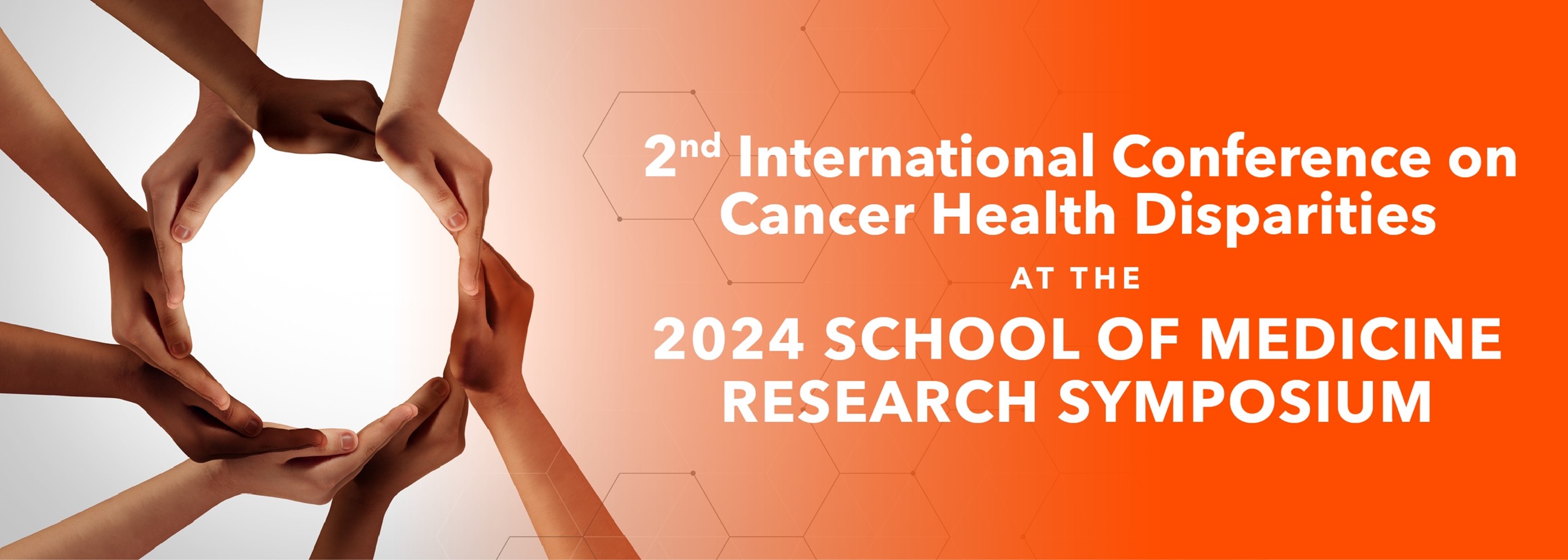Presentation Type
Oral Presentation
Discipline Track
Community/Public Health
Abstract Type
Research/Clinical
Abstract
Background: Escherichia coli is a Gram-negative & facultative anaerobe bacterium ubiquitously found in all environments. It is a waterborne and foodborne pathogen associated with many diarrhoea and GI tract diseases inclusive of UTIs in humans. The rise in the number of bacteria resistant to antimicrobial drugs has a major impact on disease control efforts. Antibiotic-resistant bacteria can be found in a variety of water sources. As a result, the objective of the current study is to construct a circular AMR gene map based on the assessment of the antibiotic susceptibility profiling of E. coli isolated from twenty various potable water sources.
Methodology: Escherichia coli was isolated by using IS 5887 (Part-1) 1976. The antibiotic susceptibility was assessed using the Agar Well Diffusion Assay against ten therapeutically significant antibiotics. AMR genes were identified by using Comprehensive Antibiotic Resistance Database (CARD). The whole genome sequencing was also used to construct circular AMR gene map using Proksee tool.
Results: Our research clearly shows that the E. coli isolates are resistant to antibiotics. The most resistant drugs for isolated E. coli. were found to be azithromycin, ampicillin, and metronidazole, to which every isolate showed 100% resistance. Out of 20 water sources, 13 E. coli isolates showed 100% susceptibility to ciprofloxacin, doxycycline, and meropenem and 100% resistance to azithromycin, ampicillin, and metronidazole. Tetracycline and norfloxacin showed intermediate susceptibility in 78% of Escherichia coli species. 15% of the isolates in the research were sensitive to cefixime, and 38% to co-trimoxazole. A circular gene map was created using identified 59 AMR genes, including those that encode antibiotic efflux pumps for small multidrug resistance (SMR), ATP binding cassette (ABC) antibiotic efflux pumps, and resistant nodulation cell division (RND) antibiotic efflux pumps etc.
Conclusion: Antibiotic overuse and misuse have caused microorganisms to become less susceptible and more resistant. As a result, treating bacterial and other infections with antibiotics is no longer as effective. The present investigation assessed the antibiotic susceptibility profiles of ten commonly given antibiotics against isolates of Escherichia coli spp. Among the other medications, ciprofloxacin and meropenem were found to be 100% vulnerable to Escherichia coli spp. Unlike meropenem and ciprofloxacin, which were the most promising antibiotics, metronidazole, ampicillin, and azithromycin were determined to be the most failed antibiotics since they were ineffective against all discovered isolated strains.
Recommended Citation
Sharma, Shikha; Chauhan, Abhishek; Jindal, Tanu; Singh, Vivek Narayan; and Ranjan, Anuj, "Circular Gene Mapping of Identified AMR Genes in Multi-Drug Resistant Escherichia coli Isolated from Potable Water" (2024). Research Symposium. 5.
https://scholarworks.utrgv.edu/somrs/2024/talks/5
Included in
Circular Gene Mapping of Identified AMR Genes in Multi-Drug Resistant Escherichia coli Isolated from Potable Water
Background: Escherichia coli is a Gram-negative & facultative anaerobe bacterium ubiquitously found in all environments. It is a waterborne and foodborne pathogen associated with many diarrhoea and GI tract diseases inclusive of UTIs in humans. The rise in the number of bacteria resistant to antimicrobial drugs has a major impact on disease control efforts. Antibiotic-resistant bacteria can be found in a variety of water sources. As a result, the objective of the current study is to construct a circular AMR gene map based on the assessment of the antibiotic susceptibility profiling of E. coli isolated from twenty various potable water sources.
Methodology: Escherichia coli was isolated by using IS 5887 (Part-1) 1976. The antibiotic susceptibility was assessed using the Agar Well Diffusion Assay against ten therapeutically significant antibiotics. AMR genes were identified by using Comprehensive Antibiotic Resistance Database (CARD). The whole genome sequencing was also used to construct circular AMR gene map using Proksee tool.
Results: Our research clearly shows that the E. coli isolates are resistant to antibiotics. The most resistant drugs for isolated E. coli. were found to be azithromycin, ampicillin, and metronidazole, to which every isolate showed 100% resistance. Out of 20 water sources, 13 E. coli isolates showed 100% susceptibility to ciprofloxacin, doxycycline, and meropenem and 100% resistance to azithromycin, ampicillin, and metronidazole. Tetracycline and norfloxacin showed intermediate susceptibility in 78% of Escherichia coli species. 15% of the isolates in the research were sensitive to cefixime, and 38% to co-trimoxazole. A circular gene map was created using identified 59 AMR genes, including those that encode antibiotic efflux pumps for small multidrug resistance (SMR), ATP binding cassette (ABC) antibiotic efflux pumps, and resistant nodulation cell division (RND) antibiotic efflux pumps etc.
Conclusion: Antibiotic overuse and misuse have caused microorganisms to become less susceptible and more resistant. As a result, treating bacterial and other infections with antibiotics is no longer as effective. The present investigation assessed the antibiotic susceptibility profiles of ten commonly given antibiotics against isolates of Escherichia coli spp. Among the other medications, ciprofloxacin and meropenem were found to be 100% vulnerable to Escherichia coli spp. Unlike meropenem and ciprofloxacin, which were the most promising antibiotics, metronidazole, ampicillin, and azithromycin were determined to be the most failed antibiotics since they were ineffective against all discovered isolated strains.


